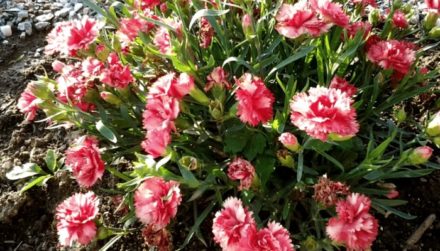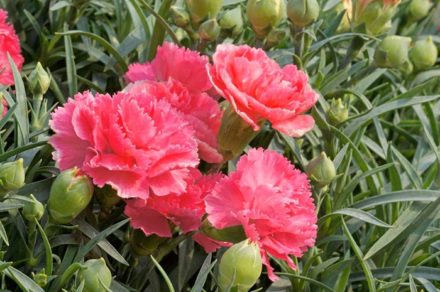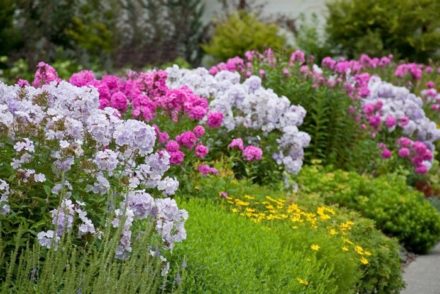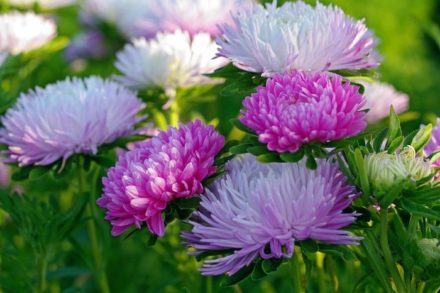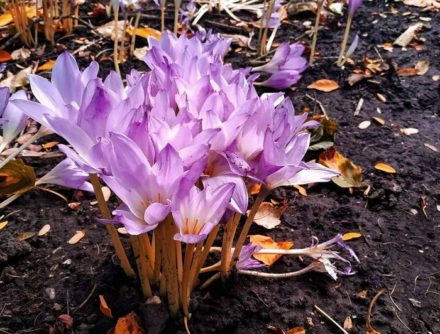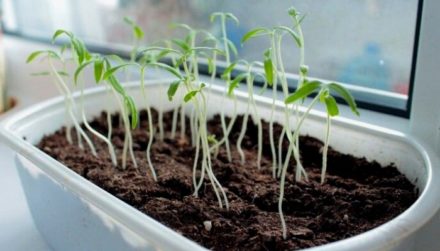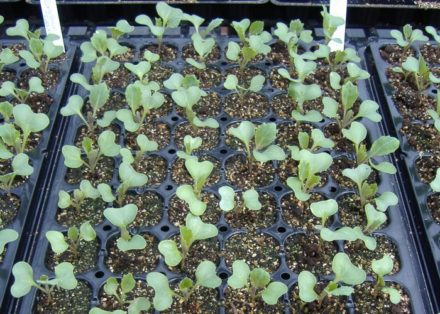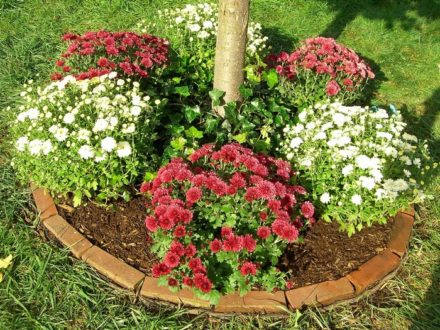The end of February - the beginning of March is the most favorable period for sowing carnations, because the seeds of this flower are sown in the ground (even at home) just when the frosts have subsided. By the beginning of summer, the plant will have time to develop the underground part and will delight the gardener with the first bright buds. To successfully grow cloves, you should follow several rules.
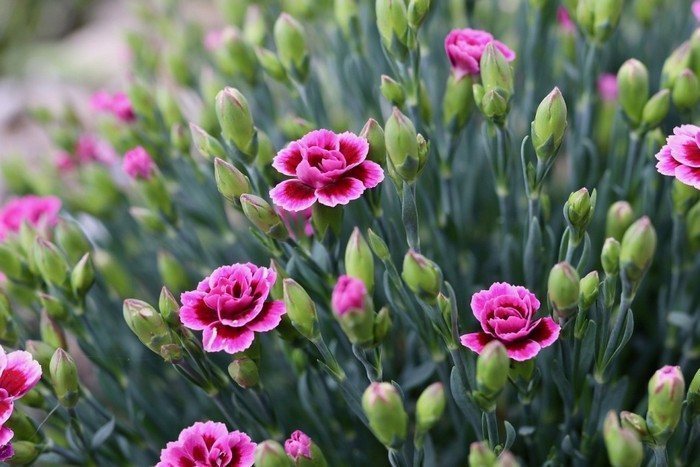
Seed selection and proper sowing
When purchasing seeds, you need to decide on your preferred plant varieties.
You should not purchase a package of seeds that have expired. A stale product will most likely not sprout.
Self-harvested seeds should also be relatively “fresh”, because their suitability for planting lasts 2-3 years.

Next, you need to choose the right soil. It should be soft and contain nutrients important for the plant. Before sowing, the substrate is disinfected. It is enough to pour boiling water over it, treat it with a solution of potassium permanganate or heat it in an oven.
When choosing pots, you should limit yourself to containers with a height of no more than 6 cm. The presence of drainage holes is mandatory.
The seeds do not need to be buried; it is enough to lower them onto the ground and sprinkle them with a thin layer of soil. The container with the seed is covered with film and, protecting it from drafts and temperature changes, is put away in a warm place.
Proper care of sprouts
The first shoots will hatch in about two weeks. Then the plants will need good lighting, and the need for film covering will disappear. However, you should not place young sprouts on the windowsill, as they do not tolerate drafts. If the plant does not have enough light, it is better to supplement it with lamps. Turkish carnation is unpretentious and can withstand a little sunlight.
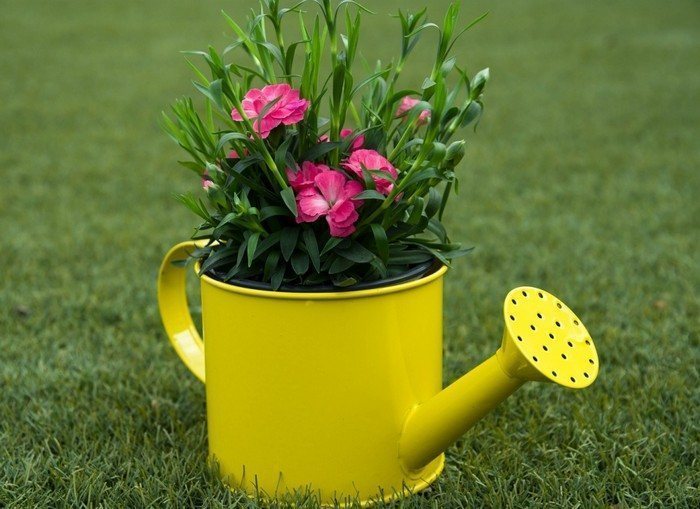
Flower sprouts do not like frequent watering.
When growing carnations, it is necessary to pay attention to the temperature conditions of the room where the seedlings are located. The temperature should not exceed +15 °C. At high air temperatures, the flower will become vulnerable to disease.
As soon as the sprouts stretch out and get stronger, they are planted in separate containers. In order for the young carnation to begin to bush and strengthen the root system, its tops are plucked off.
A month after germination, the cloves can be fed with branch fertilizer (every 10 days).
Timely planting in garden soil
Residents of central Russia plant seedlings in garden soil at the beginning of May or at the end of June at an average temperature of at least 10°C. If the weather is unstable, the seedlings are covered with film.
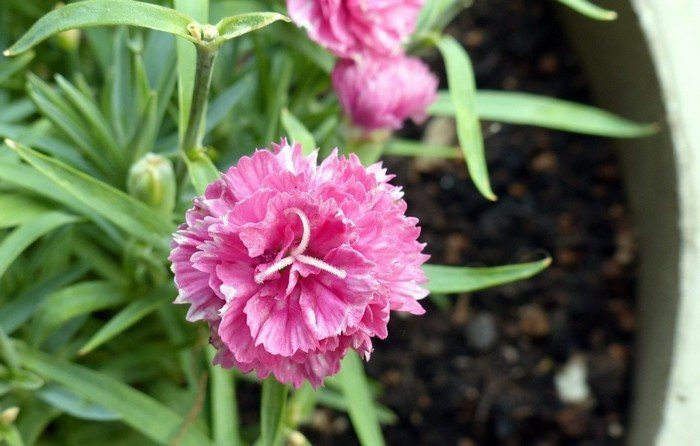
Create favorable conditions for the plant
The carnation will bloom to its maximum only in a well-lit place. A plant planted in the shade will not produce large buds and will not strengthen the stem. In order to achieve the greatest lushness, cloves are planted in loamy peat soil with low acidity.
The flower loves freedom, so the distance between bushes planted in the ground should be at least 30 cm.
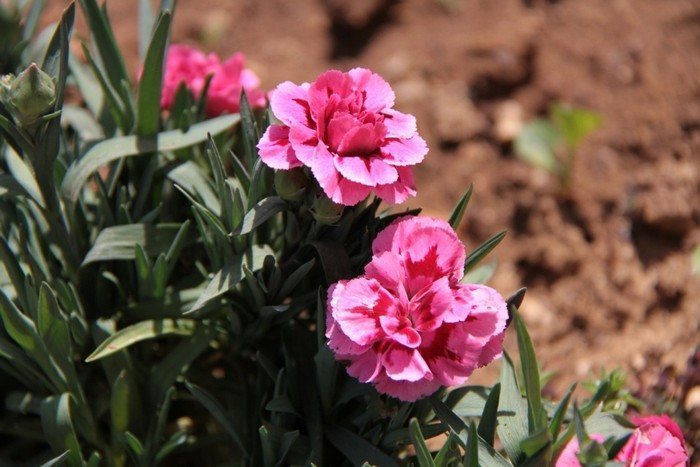
Soil moisture control
The plant does not tolerate excess moisture. Increased soil moisture can lead to plant death from diseases and pests. When watering (2 times a week), it is important to ensure that the water does not stagnate.
In summer, cloves are fertilized once a month.
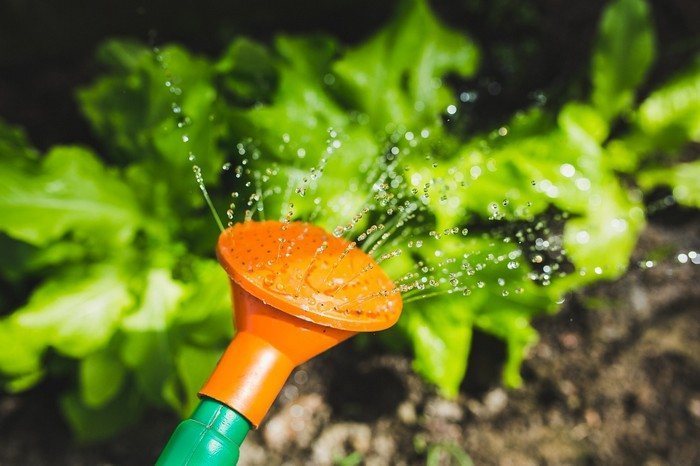
A gardener who follows the rules for planting carnations will certainly be rewarded with abundant, lush flowering of his favorite plant.


